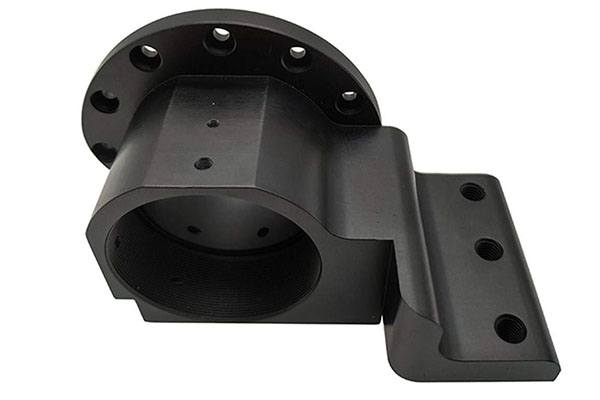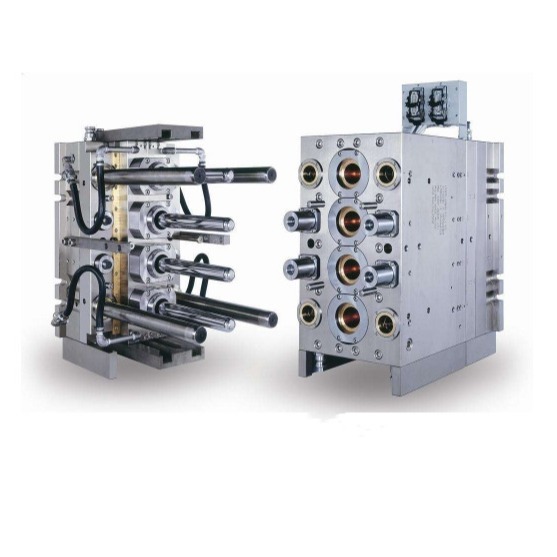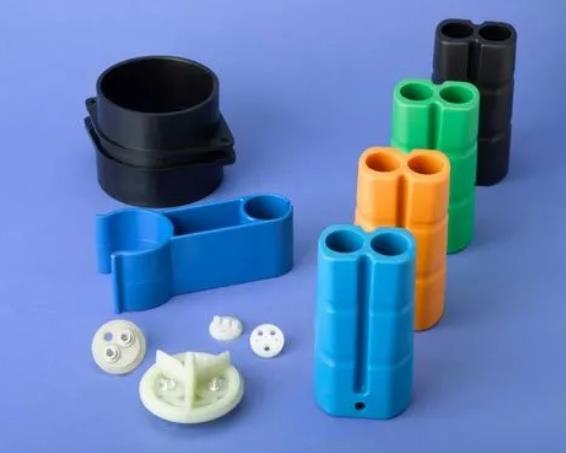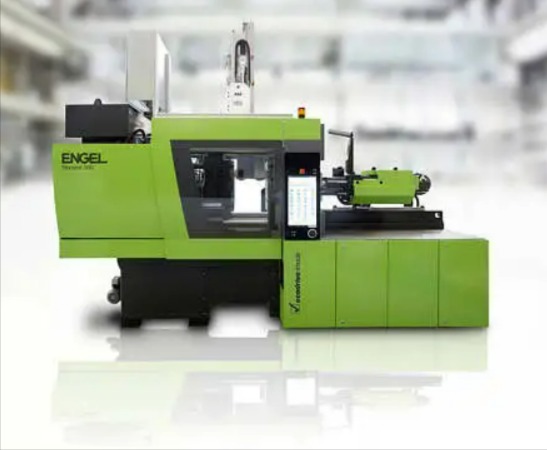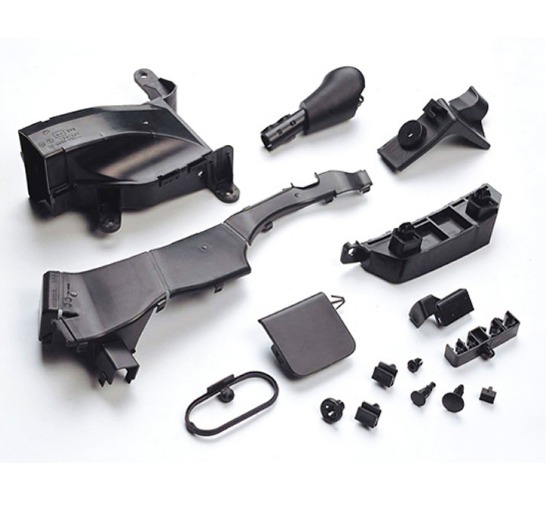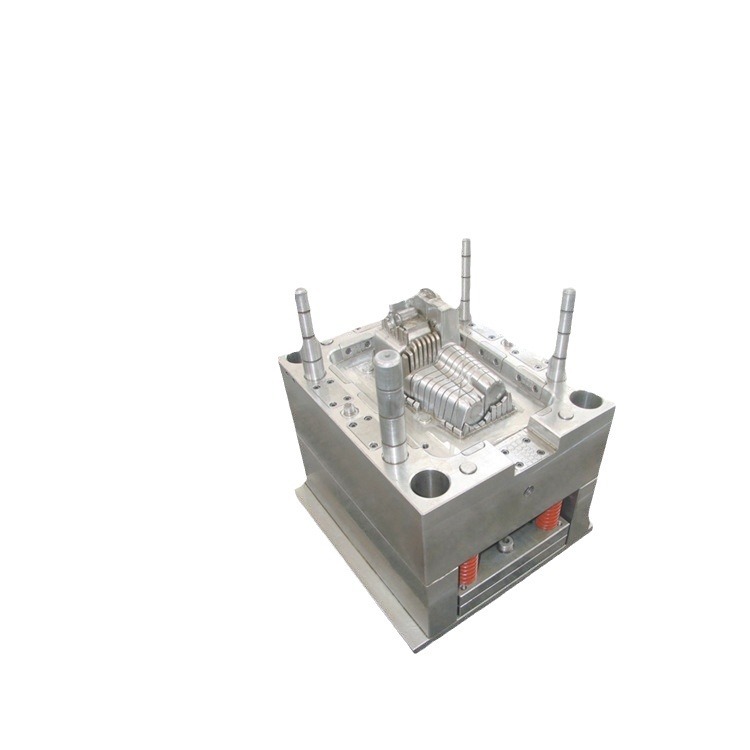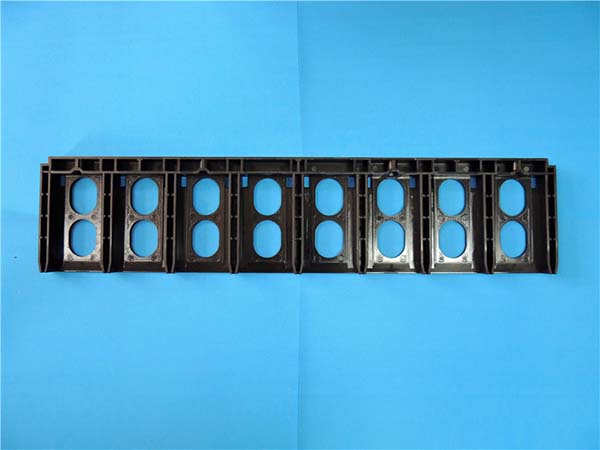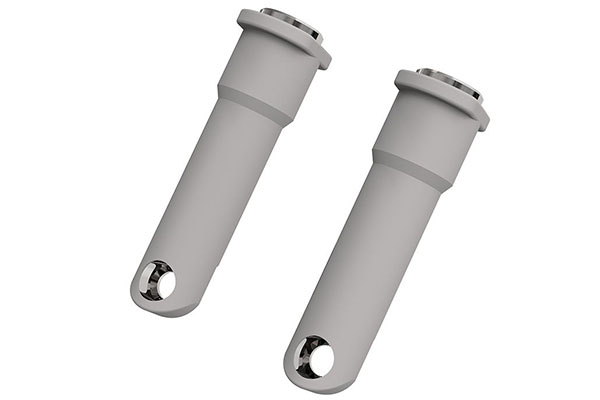Nylon (PA6, PA66) is a staple in injection molding, but it brings unique challenges that can trip up manufacturers. Its high moisture absorption is a constant headache—even slight exposure to humidity can lead to dimensional changes and defects like voids or warpage. Achieving consistent mechanical strength across batches is another struggle, especially when dealing with reinforced grades. Many also grapple with balancing process parameters to avoid issues like flash or short shots, which eat into profits and delay production. This guide addresses these pain points, offering expert insights into nylon’s properties, molding processes, and more to help you produce reliable, high-quality parts.
Material Properties of Nylon (PA6, PA66): Strength and Versatility
Nylon (PA6, PA66) are polyamides celebrated for their robust properties, though they have key differences. PA6 has a lower melting point (215–225°C) and faster crystallization rate, while PA66 melts at 255–265°C and offers better thermal properties—ideal for high-temperature applications.
Mechanical strength is a standout feature. PA66 boasts a tensile strength of 82–94 MPa, surpassing PA6’s 70–83 MPa, making it better for load-bearing parts. Both have excellent flexural modulus (PA6: 2.8–3.2 GPa; PA66: 3.0–3.5 GPa), ensuring rigidity. Impact resistance varies by grade—unreinforced versions are tough, but glass fiber reinforcement (10–40%) boosts strength while slightly reducing ductility.
Moisture absorption is a defining trait: PA6 absorbs 8–10% water by weight, PA66 6–8%. This affects properties—moisture increases flexibility but reduces strength. Chemical resistance is strong against oils, greases, and alkalis, but both are vulnerable to strong acids. Abrasion resistance is exceptional, making them perfect for gears and bearings. Special grades include flame retardancy variants (UL94 V-0) for electronics.
Injection Molding Process for Nylon: Taming the Variables
Nylon injection molding demands careful control, starting with drying requirements. Nylon is highly hygroscopic—dry PA6 at 80–90°C for 4–6 hours, PA66 at 100–110°C for 6–8 hours, ensuring moisture below 0.05%. Use sealed hoppers to prevent reabsorption.
Melt temperature is critical: PA6 works best at 230–250°C, PA66 at 270–290°C. Too low, and flow suffers; too high, and degradation occurs, causing brittleness. Injection pressure ranges 80–140 MPa, with higher pressures needed for reinforced grades. Injection speed should be moderate to avoid shear heating—30–60 mm/s is typical.
Cooling time is shorter than PC, making up 40–50% of cycle time (usually 20–45 seconds). Humidity control in the molding area is key—keep relative humidity below 50% to prevent post-molding moisture absorption. Process optimization often involves tweaking runner and gate design; larger runners help with flow, especially for glass-filled grades.
Mold Design for Nylon Molding: Building for Success
Mold design principles for nylon focus on managing its properties. Mold flow analysis is vital to predict filling patterns and avoid air traps, critical for maintaining dimensional accuracy.
Nylon mold materials need durability. P20 steel works for general use, while H13 is better for glass-filled nylon, resisting wear. Cooling channel layout should be uniform, with channels 10–15 mm from the cavity to prevent uneven cooling and warpage. Water temperature around 50–60°C balances solidification and cycle time.
Venting requirements are strict—nylon’s low viscosity can trap air, so vents 0.02–0.03 mm deep at flow ends and parting lines are necessary. Draft angles of 1–2° prevent part damage during ejection, especially important for textured surfaces. Ejector pin design should distribute force to avoid marks—use multiple pins for large parts.
Hot runner systems are beneficial for reducing waste, though they require precise temperature control to prevent nylon from degradation. Surface finish varies by application—matte finishes hide flow lines, while polished surfaces work for decorative parts.
Quality Control and Defects in Nylon Molding: Troubleshooting Guide
Nylon’s unique properties lead to specific defects, but most are preventable:
| Defect | Cause | Solution |
| Warpage | Uneven cooling or moisture | Improve cooling symmetry; control post-mold humidity. |
| Voids | Moisture or poor venting | Enhance drying; add more vents. |
| Sink marks | Inadequate packing | Increase packing pressure/time. |
| Flash | Excessive pressure or worn molds | Reduce pressure; replace worn components. |
| Moisture-related defects | Inadequate drying | Extend drying time; use sealed storage. |
Quality control methods include statistical process control (SPC) to monitor variables like cycle time and pressure. Check dimensional accuracy with calipers—tolerances of ±0.05 mm are achievable with proper processing. Inspect for surface defects under good lighting, as nylon’s smooth finish highlights flaws.
Applications of Nylon in Injection Molding: Across Industries
Nylon’s versatility shines in diverse applications:
- Automotive components: PA66 with 30% glass fiber makes fuel line connectors and intake manifolds, resisting oils and heat.
- Mechanical parts: Gears and bearings leverage abrasion resistance—PA6’s toughness works for low-speed gears, PA66 for high-load ones.
- Electrical connectors: Flame-retardant PA66 insulates and withstands mating forces.
- Industrial equipment: Conveyor belt components and valve bodies use nylon for strength and chemical resistance.
- Medical devices: Non-reinforced PA6 is used for surgical tools, thanks to its biocompatibility and sterilization resistance.
Design for manufacturing tips: Use uniform wall thickness (2–3 mm) to avoid sink marks, and add radii to reduce stress concentrations.
Post-Processing and Finishing of Nylon Parts: Enhancing Performance
Post-molding operations can boost nylon’s utility. Painting and plating require surface treatment—corona discharge or primers improve adhesion. Ultrasonic welding works well for joining parts, creating strong, sealed bonds without adhesives.
Adhesive bonding is effective with cyanoacrylates or epoxies, though surface preparation is key. Surface treatments like annealing reduce residual stress, improving dimensional stability—heat PA6 at 80–100°C, PA66 at 100–120°C for 1–2 hours.
Machining and trimming are straightforward, but use sharp tools to avoid chipping, especially with glass-filled grades. Assembly tolerances should account for moisture expansion—allow ±0.1 mm for parts exposed to humidity.
Safety and Environmental Considerations in Nylon Molding
Safety protocols are critical. Nylon emits fumes when overheated, so ensure proper ventilation systems in molding areas. Use gloves when handling hot parts, and store nylon pellets away from moisture.
Environmental considerations include waste management—scrap nylon is recyclable, though reinforced grades are harder to process. Recyclability is strong: recycled nylon retains most properties, suitable for non-critical parts.
Energy efficiency can be improved by optimizing cycle times and using energy-efficient dryers. Follow environmental regulations for waste disposal, and consider sustainable practices like using bio-based nylon grades to reduce carbon footprint.
Yigu Technology’s Perspective
As a leading custom manufacturer in China, Yigu Technology excels in nylon injection molding. We handle PA6 and PA66, including glass-filled grades, with expertise in managing moisture absorption and ensuring consistent mechanical strength. Our mold flow analysis and strict drying protocols minimize defects, while quality control methods like SPC ensure precision. Whether you need automotive parts or industrial components, we deliver reliable, cost-effective solutions tailored to your needs.
FAQs
- How does moisture affect nylon parts after molding?
Moisture absorption causes slight swelling (1–2% in length) and reduces tensile strength by 10–15%. Post-mold drying or humidity-controlled storage helps maintain dimensions.
- Can glass-filled nylon be recycled?
Yes, but it’s more complex. The glass fibers are ground into filler, so recycled material is best for non-critical parts with lower strength requirements.
- What’s the difference in shrinkage between PA6 and PA66?
PA6 shrinks 1.5–2.5%, PA66 1.0–2.0%. Glass reinforcement reduces shrinkage to 0.3–1.0% for both, improving dimensional stability.
